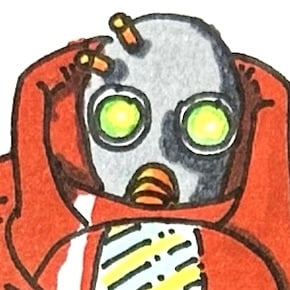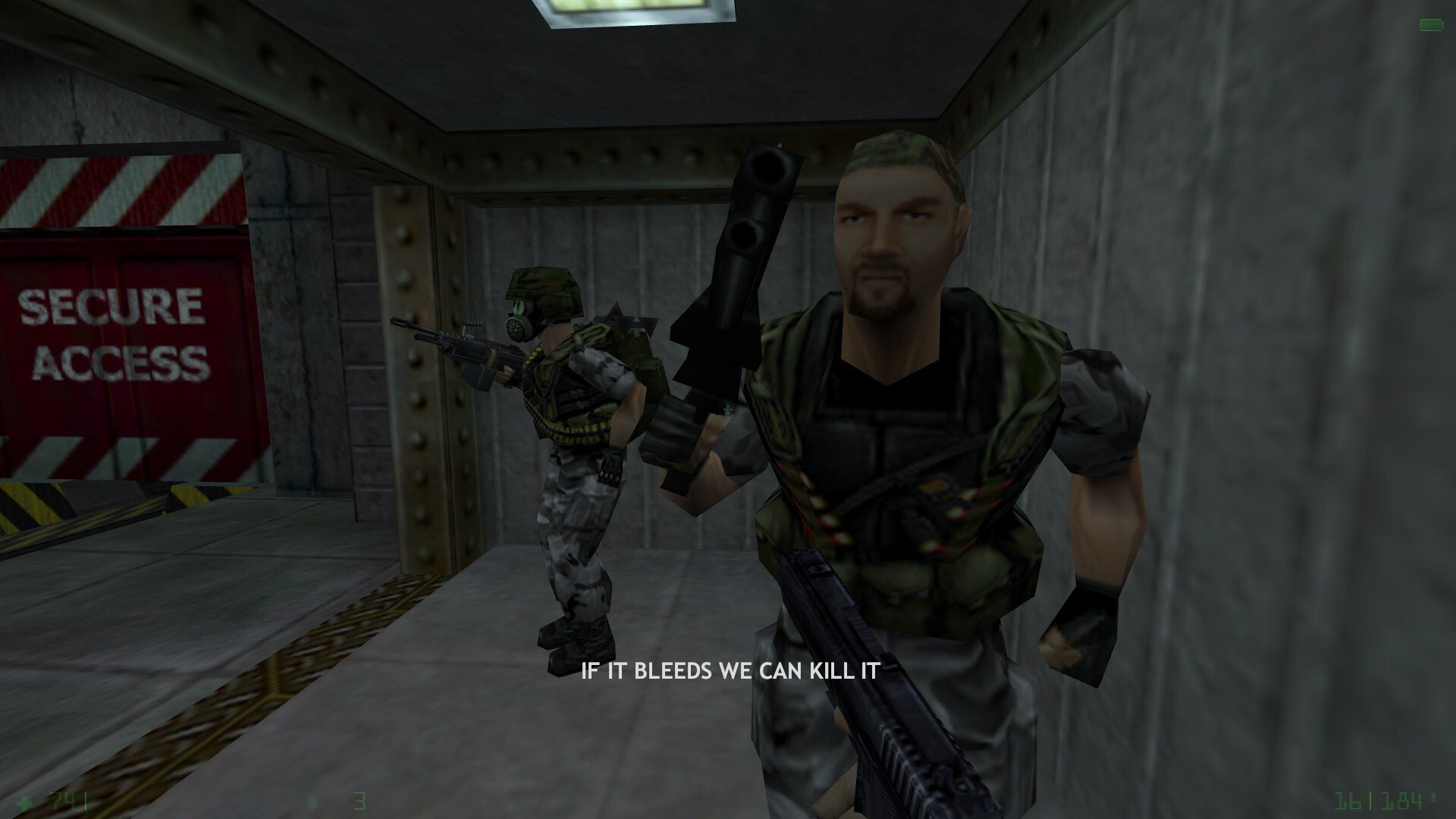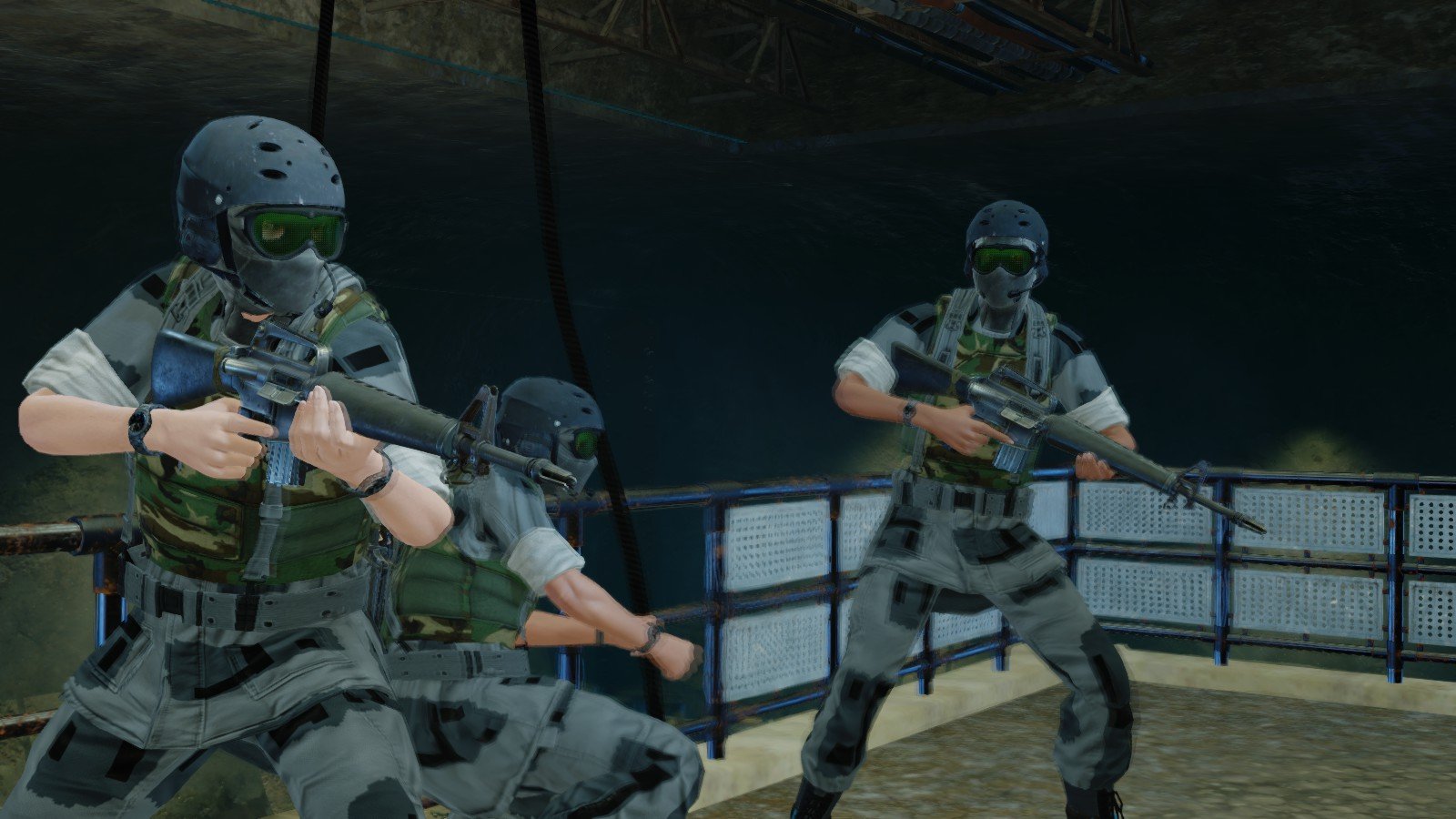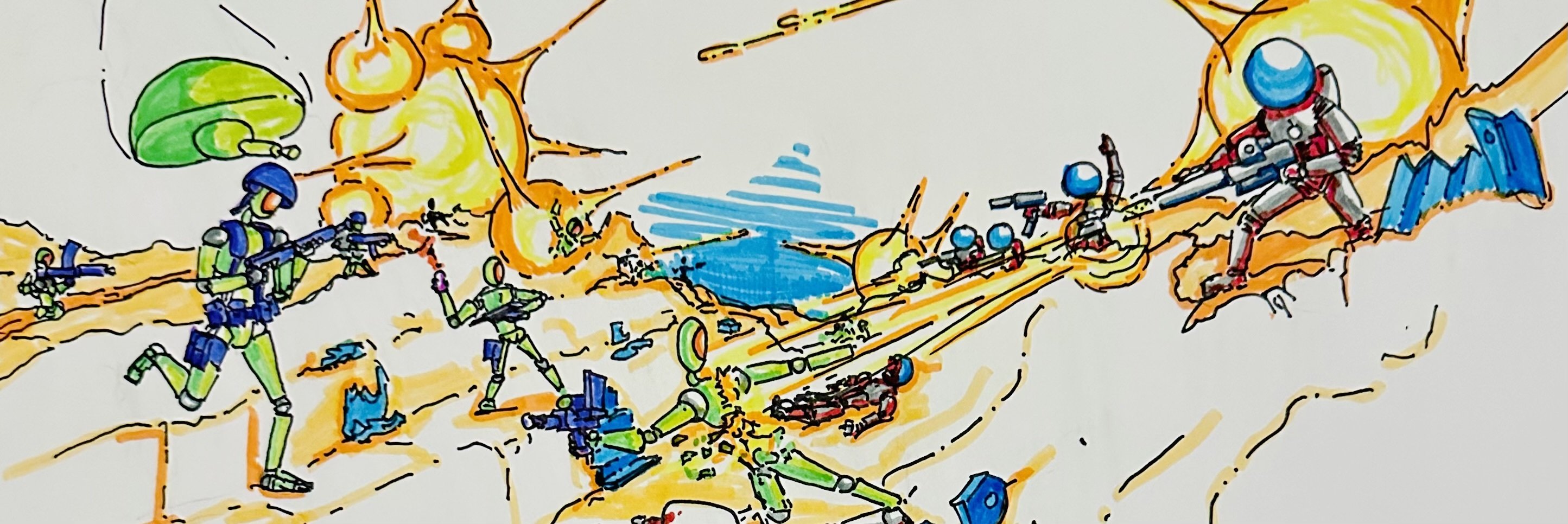I mod a worryingly growing list of communities. Ask away if you have any questions or issues with any of the communities.
I also run the hobby and nerd interest website scratch-that.org.
- 34 Posts
- 63 Comments

 4·1 day ago
4·1 day agoFor professional settings, I understand the theoretical appeal of ai writing. A lot of people don’t like writing emails, but they have to for work. Many of those same people fret about tone or presentation, because silly office politics reasons (real or one-sidedly imagined in their heads.)
The solution, really is workplaces just need to cut down on the useless drivel emails and people need to be ok with short, no frills emails.
Fallout 1, which I’ve probably replayed about ten times more than the second game. It’s concise, with this depressing and dark world that gives a feeling never fully replicated in sequels.
Lords Of The Realm 2, a great little strategy game with an effortlessly charming aesthetic.
Civil War Generals 2, when I feel like really grinding out a strategy game. It has the bright colors and charming graphics which create a clear and readable battlefield that can be brutally difficult as units get ground down into ragged bands.
Really it just means the sorts of bugs you find with minimal QA testing combined with stilted voice acting, potentially untranslated audio or text, cultural beats that don’t quite cross over, and some game design choices that are different than how a game developed alongside western games might do things.
If you can stand this lack of polish, these sorts of games can at least give amusement for their price point.
I’m commenting late, but there is The Precursors which does require Slavjank tolerance, but if you have it, it provides an interesting flavor on a space opera adventure.
I also haven’t tried The Tomorrow War which seemingly requires even higher Slavjank tolerance, and probably isn’t a top of all time game, but seems interesting if you like peering into strange forgotten games. Warlockracy did a video of this one.

 462·10 days ago
462·10 days agoTLDR Bloated staff sizes and poor workflow management means salary costs skyrocket while a lot of people on staff are left waiting for things to do. The article keeps saying the costs aren’t just about better graphical fidelity, but I think this issue is somewhat related because a big chunk of staff are going to be artists of some variety, and the reason there are so many is to pump up the fidelity.
Not that it much matters to me personally. I’ve said before that games have long ago hit diminishing returns when it comes to technical presentation and fidelity. I’d rather have a solid game with a vision, and preferably a good visual style rather than overproduced megastudio visuals. Those kinds of games are still coming out from solo developers and small studios, so it doesn’t affect me one bit if big studios want to pour half a billion into every new assemblyline FPS they make.

 4·15 days ago
4·15 days agoIn the stealth section there are static guards and patrolling guards. At the bottom of every turn the players pull from a deck of cards which says which of the patrolling guards will move and also a special event- this can be the meter towards the alarm ticking down, some of the guards reversing direction of their patrol, or reinforcements prestaging just off board.
During stealth if a dead guard or a player character is spotted by a specific guard, it will shout alerting other guards inside a certain radius and act according to the combat logic. At this point the stealth section will likely shortly end because of all the negative stealth modifiers.
In the combat section, enemies will move towards and fire at whatever spotted player character is nearest. The combat is very simple, which is balanced by it being very difficult for the players to survive, which means you want to delay combat as long as possible.

 11·15 days ago
11·15 days agoMechanically I don’t think anything changes with the number of players, since you always have 4 player characters no matter how many players.
I personally don’t think it would be as fun solo. You would have more control and precision which might appeal to certain people, but for me the chaos of having other people doing things and having to negotiate a plan where everyone is constantly inputting was part of the fun.

 4·15 days ago
4·15 days agoThe box comes with 9 different missions, and there are expansions with more missions and player characters. I’ve only played just this once so far though.

 5·15 days ago
5·15 days agoThe tiles are double sided and I don’t believe we even used all the provided ones for this scenario.

 2·15 days ago
2·15 days agoTook me about 7 hours but I was poking around and going back for screenshots. It should probably take about 6 normally.

 2·16 days ago
2·16 days agoWhy did that scientist say it like that? What was his problem?

I’ve been working my way through Half-Life Opposing Force. It is harder than the base game, but I do enjoy it. It has a lot of ideas like the squad mechanics that would be great to see reworked.
This is a good example. The cartoony graphics work well for Nintendo because it fits their hardware better as well.
For my personal example I can still play Starfox64 easily, but Goldeneye (one of my favorite childhood games) literally gives me a headache to look at. Goldeneye was going for a more realistic look on the engine of the time and aged terribly. Starfox is all big bright cartoon designs.
I can think of many older games in dire need of facelifts, but the thing is they don’t need a facelift into photo-realistic territory. Just enough to bring the vision out from developers reaching just a little further than their old tech could support. I’m thinking of a lot of early 3D games. Many of the older sprite based games still hold up great.
The AAA gaming industry has gone off the rails trying to wow us with graphics and the novelty has long worn off.

 181·25 days ago
181·25 days agoA lot of comments in this thread are really talking about visual design rather than graphics, strictly speaking, although the two are related.
Visual design is what gives a game a visual identity. The level of graphical fidelity and realism that’s achievable plays into what the design may be, although it’s not a direct correlation.
I do think there is a trend for higher and high visual fidelity to result in games with more bland visual design. That’s probably because realism comes with artistic restrictions, and development time is going to be sucked away from doing creative art to supporting realism.
My subjective opinion is that for first person games, we long ago hit the point of diminishing returns with something like the Source engine. Sure there was plenty to improve on from there (even games on Source like HL2 have gotten updates so they don’t look like they did back in the day), but the engine was realistic enough. Faces moved like faces and communicated emotion. Objects looked like objects.
Things should have and have improved since then, but really graphical improvements should have been the sideshow to gameplay and good visual design.
I don’t need a game where I can see the individual follicles on a character’s face. I don’t need subsurface light diffusion on skin. I won’t notice any of that in the heat of gameplay, but only in cutscenes. With such high fidelity game developers are more and more forcing me to watch cutscenes or “play” sections that may as well be cutscenes.
I don’t want all that. I want good visual design. I want creatively made worlds in games. I want interesting looking characters. I want gameplay where I can read at a glance what is happening. None of that requires high fidelity.
Visuals are very important in games, but Nintendo pursues clear and readable designs. Their games are easy to look at, and they age more gracefully than games pursuing realism.
As someone who prefers HL1 it was nice to be vindicated somewhat by a YouTube person agreeing.
Not as much as you’d think. I keep my soldiers faceless and unattached until they are fairly leveled up. By the the time they get customized, they tend not to get meatgrindered. Usually.

I did a written review of it a while ago, and my conclusion was that a lot of the gameplay was serviceable but not particularly standout, which made it feel a bit bland. There were a number of small things that piled up, with one example being that any time you told a companion to special attack you had to sit through a short cutscene. It had great writing and characters, which makes it the first game I’d reccomend in spite of the so so gameplay, because I thought the character and world stuff was so strong.
While I didn’t have expectations, I think the marketing also greatly mislead other people. The game is structured like a classic BioWare RPG, rather than a modern Fallout game. I also found the marketing connection with Fallout New Vegas to be misleading because there was no connection of actual lead development staff with those games, but instead it was with Fallout 1 and 2. If you know that, and are familiar with the writing and design habits you can feel that difference. Some people may have felt it and been confused or disappointed that it didn’t have the New Vegas vibe.












If meetings are happening so long and going in so frequently that nobody can make sense of them without an ai summary, might I suggest there are too many meetings?
I say this as someone who used to work at a place that had meetings about meetings to figure out why so much time was wasted in meetings.